- Discount
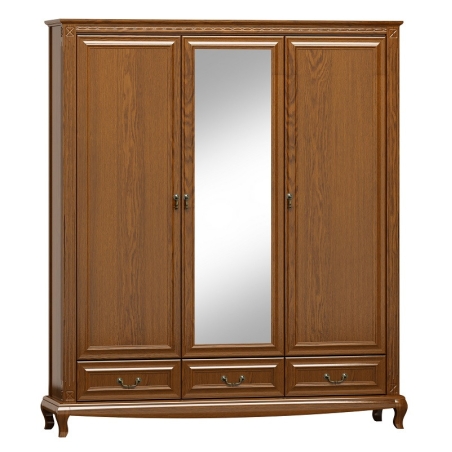
Wid: 170.00, Dep: 60.00, Hgt: 204.00.
Three-door wardrobe Kashmir R22 Art-futuro
- Ability to bring in














A small wardrobe doesn’t have to be synonymous with endless mess and morning searches for a blouse buried under a pile of clothes. A few simple rules are all it takes to make every inch of space work to your advantage. Below, you’ll find ten practical tricks that will help you fit more, find your clothes faster, and keep things tidy for good.
First, I’ll outline the main solutions, and then expand on them with extra tips — making the text useful both for readers and for search engines.
Sprytnym trikiem jest też rotacja sezonowa. Wiosną włóż zimowe kurtki i swetry do toreb próżniowych, które po odessaniu powietrza zajmują ułamek pierwotnej objętości. Latem postąp odwrotnie z ciepłymi ubraniami. Dzięki temu w szafie zawsze znajdują się tylko te rzeczy, których naprawdę używasz.
The first step is to measure carefully — height, width, and depth. Check whether you can add a second hanging rail, narrow shelves, or an extra drawer. A small wardrobe becomes much more functional when divided into three zones:
Top section: for items you rarely use,
Middle section: for everyday clothes on hangers,
Bottom section: for boxes, baskets, and shoes.
Before buying new organizers, do a thorough decluttering session — throw away or donate clothes you haven’t worn for a year. You’ll be surprised how much space you reclaim.
A smart trick is seasonal rotation. In spring, pack away winter jackets and sweaters into vacuum bags — once the air is removed, they take up only a fraction of their original size. In summer, do the same with warm clothing. This way, your wardrobe always contains only the things you actually wear.
See also: What kind of wardrobe suits a bedroom best?
Hangers have a huge impact on how much space you can use. Instead of bulky wooden ones, choose thin, velvet-covered hangers that prevent clothes from slipping. Cascade hangers allow you to hang several shirts or pants vertically — freeing up to half of the rail space.
Accessories need their own spot, too. Hooks mounted inside the doors are perfect for bags, belts, and scarves. Hanging organizers with pockets can be attached to the rail or door to store underwear and small items. Transparent plastic boxes protect against dust while letting you quickly find shoes or accessories. If you care about aesthetics, choose storage boxes in the same color — visual consistency makes it easier to maintain order.
If you’re looking for the perfect wardrobe for your space, browse the Wardrobes category and find one that fits your style.
Even the best storage ideas won’t work without simple habits. Every clothing type should have its own “zone”: shirts on the left, pants in the middle, dresses on the right. When you take something out to wash, it’s easier to put it back in the right place later.
Follow the “one in, one out” rule: when you buy a new pair of pants, donate or sell an old one. Once a month, spend 15 minutes checking if everything is where it belongs. Rolling T-shirts and sweaters instead of folding them flat helps you see all the contents of a shelf and reduces wrinkles. Belts can go in zip-lock bags, and delicate jewelry in small boxes — that way, nothing tangles or gets damaged.
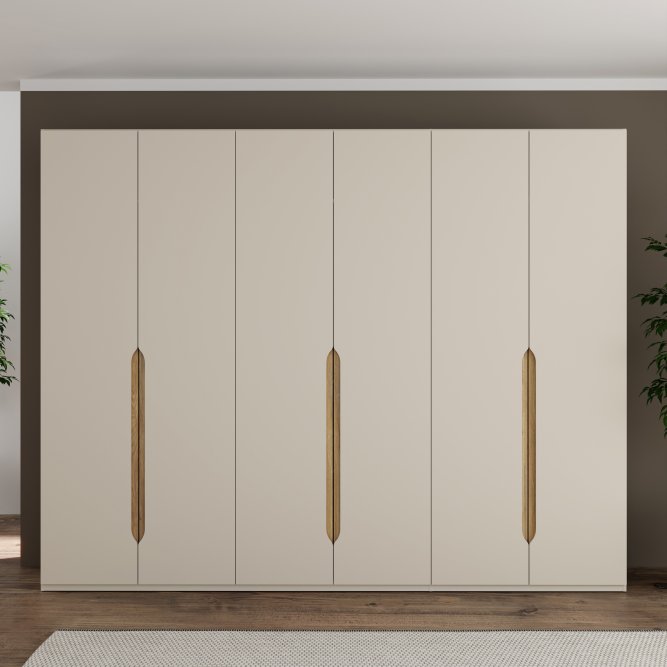
The top of the wardrobe is often underused or filled with random items. It’s a great place for tall baskets with handles — perfect for spare bedding, rarely worn handbags, or clothes for special occasions. If the wardrobe is deep enough, install an extra shelf or a rotating rack there.
The bottom area shouldn’t go to waste either. Flat containers on wheels can hold seasonal shoes, while the narrow gap between the floor and the lower shelf is perfect for suitcases. Sliding doors can be fitted with narrow panels with pockets for scarves, belts, or small accessories. Even the wardrobe sides can be put to use — small hooks on the inner walls can hold belts, key lanyards, or necklaces.
See also: Are sliding-door wardrobes suitable for every room?
Take accurate measurements and divide the wardrobe into three zones.
Declutter regularly and rotate clothes by season.
Use thin, non-slip velvet hangers.
Try cascade hangers for shirts and pants.
Install hooks and door organizers.
Use transparent plastic boxes for shoes and accessories.
Follow the “one in, one out” rule.
Roll clothes instead of folding them.
Store rarely used items in the upper section.
Use flat containers and pocket panels in lower and side areas.
These solutions help you make the most of even the smallest wardrobe. Your clothes will always be easy to reach, and getting dressed in the morning will stop being stressful. You can introduce most of these changes in a single evening — and enjoy a more spacious, organized wardrobe every day, without expensive renovations or buying new furniture.

Wid: 170.00, Dep: 60.00, Hgt: 204.00.
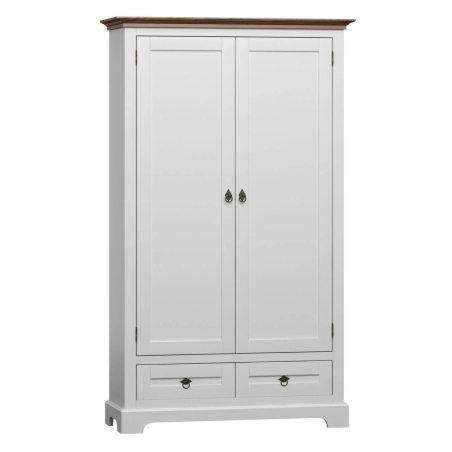
Wid: 110.00, Dep: 60.00, Hgt: 199.00.
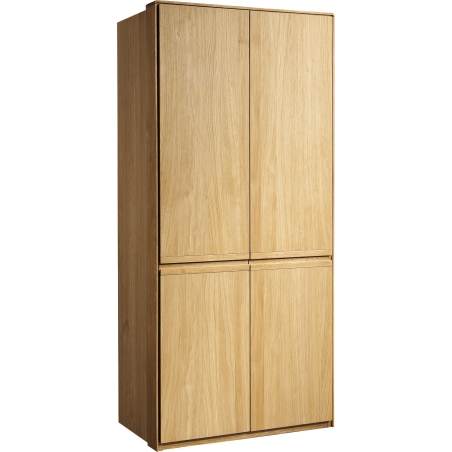
Wid: 104.00, Dep: 61.00, Hgt: 222.00.
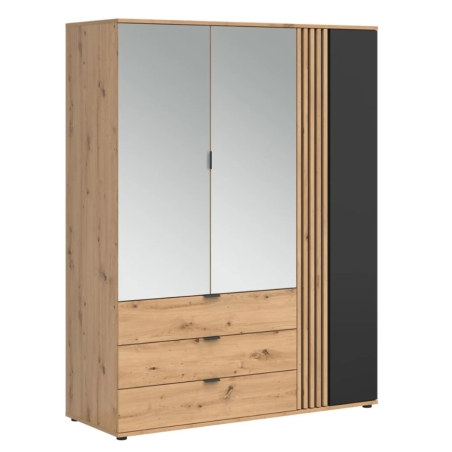
Wid: 56.00, Dep: 41.00, Hgt: 195.00.
((confirmMessage))
check_circle
check_circle